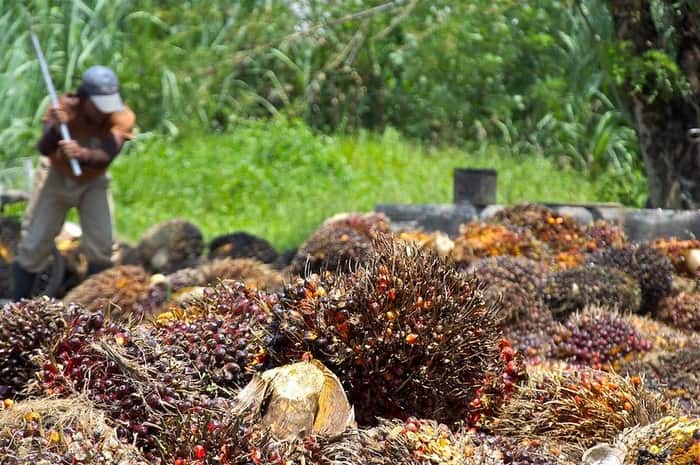Sustainable palm oil production in Mexico
Learn about the treatment of oil palm crops in Mexico, its impact on the environment, and how the industry takes actions to be sustainable in production.

Palm oil is used in a variety of applications ranging from cleaning products to food industry inputs. According to Oil World, Indonesia produced 43.4 million tons between 2018 and 2019, making it the largest producer globally. Worldwide, 75.69 million tons were produced in that period. In Latin America, Colombia and Guatemala are the main oil producers with 2.5 million tons of oil produced during 2019.
Mexico is a large consumer and requires about 600 thousand tons of which it produces about 30% or about 200 thousand tons. Its use is mainly for food products such as cooking oil or the confectionery industry, bakery, margarine, dairy, among others. This raises the question for consumers as to whether the sector is sustainable.
An industry is considered sustainable when certain environmental, social, and economic criteria are met. This must be supported by physical and testimonial evidence and validated by an impartial certifying entity that guarantees compliance with the requirements established in a nationally or internationally recognized sustainability standard, if applicable.
Therefore, Mexico has 18 processing plants -factories where the fruit is processed- with actions aligned with the sustainability policies of the Round Table on Palm Oil (RSPO), founded in 2004 by the World Wildlife Fund (WWF), the Malaysian Palm Oil Association (RPOA) and a group of large international companies that use palm oil such as the multinational Unilever, Migros, a firm of Swiss origin and AarhusKarlshamn from the United Kingdom.

The Mexican oil palm industry has two important elements that differentiate it from crops in other regions, says FEMEXPALMA. On the one hand, the Mexican oil palm sector is young and has been around for 30 years, while the productive life of the plants is 25 years. Also, the sector has 80% of the crops in the hands of small producers and 95% of these, have an area of fewer than 5 hectares, mostly in southeastern Mexico. Mexico has 53 cultivable municipalities south of Veracruz, Tabasco, Chiapas and south of Campeche.
For its part, RSPO identifies three areas of impact to achieve compliance with sustainable crops: prosperity (economy), people (social), and planet (environment). Sustainability certification takes about 2 years to obtain and contemplates local laws, seeking to minimize the impact of activities on the environment, conservation, and care of ecosystems.




